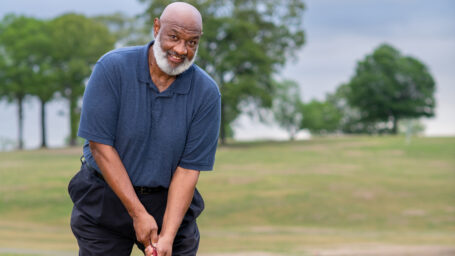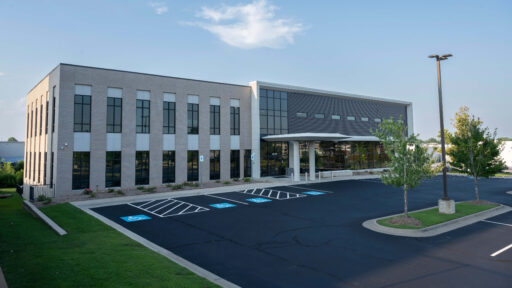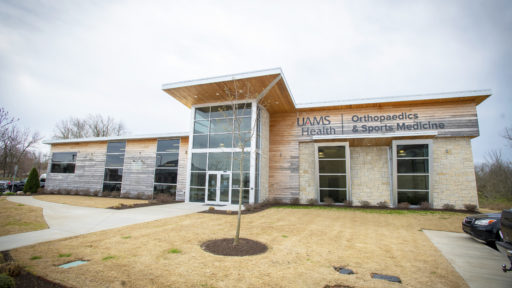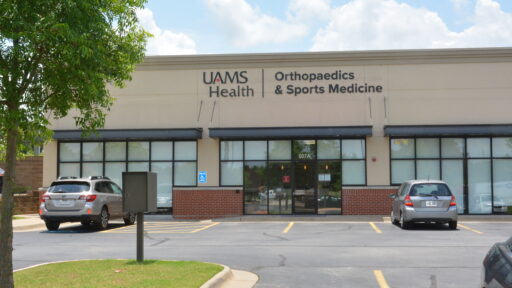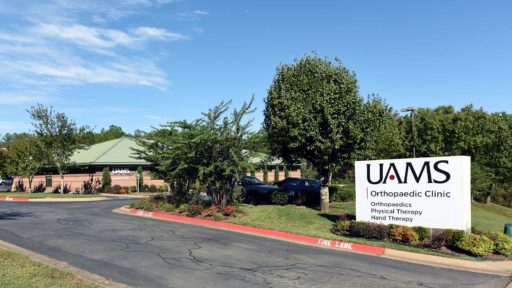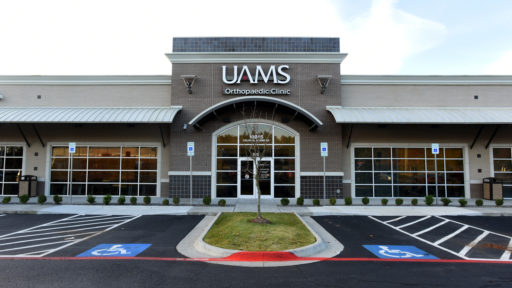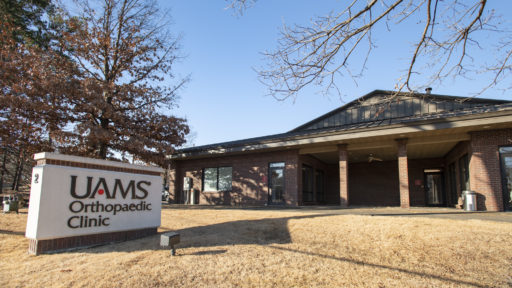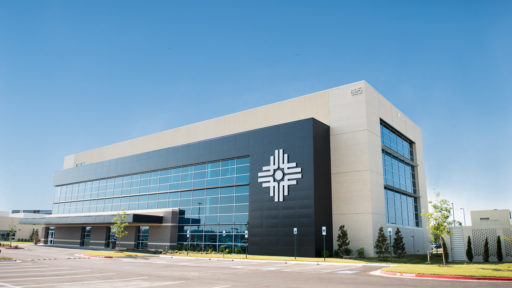Your knee joint is made up of bone, cartilage, ligaments and fluid. Muscles and tendons help the knee joint move. When any of these structures is hurt or diseased, you have knee problems. Knee problems can cause pain and difficulty walking.
Knee problems are very common, and they occur in people of all ages. Knee problems can interfere with many things, from participation in sports to simply getting up from a chair and walking. This can have a big impact on your life.
The most common disease affecting the knee is osteoarthritis. The cartilage in the knee gradually wears away, causing pain and swelling.
Injuries to ligaments and tendons also cause knee problems. A common injury is to the anterior cruciate ligament (ACL). You usually injure your ACL by a sudden twisting motion. ACL and other knee injuries are common sports injuries.
Treatment of knee problems depends on the cause. In some cases your doctor may recommend knee replacement.
NIH: National Institute of Arthritis and Musculoskeletal and Skin Diseases
Courtesy of MedlinePlus from the National Library of Medicine.
Syndicated Content Details:
Source URL: https://medlineplus.gov/kneeinjuriesanddisorders.html?utm_source=mplusconnect&utm_medium=service
Source Agency: National Library of Medicine
Pain
Pain is a signal in your nervous system that something may be wrong. It is an unpleasant feeling, such as a prick, tingle, sting, burn, or ache. Pain may be sharp or dull. It may come and go, or it may be constant. You may feel pain in one area of your body, such as your back, abdomen, chest, pelvis, or you may feel pain all over.
Pain can be helpful in diagnosing a problem. If you never felt pain, you might seriously hurt yourself without knowing it, or you might not realize you have a medical problem that needs treatment.
There are two types of pain: acute and chronic. Acute pain usually comes on suddenly, because of a disease, injury, or inflammation. It can often be diagnosed and treated. It usually goes away, though sometimes it can turn into chronic pain. Chronic pain lasts for a long time, and can cause severe problems.
Pain is not always curable, but there are many ways to treat it. Treatment depends on the cause and type of pain. There are drug treatments, including pain relievers. There are also non-drug treatments, such as acupuncture, physical therapy, and sometimes surgery.
NIH: National Institute of Neurological Disorders and Stroke
Courtesy of MedlinePlus from the National Library of Medicine.
Syndicated Content Details:
Source URL: https://medlineplus.gov/pain.html?utm_source=mplusconnect&utm_medium=service
Source Agency: National Library of Medicine

